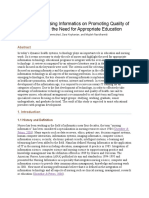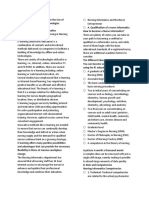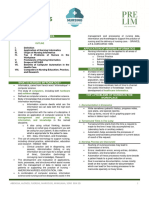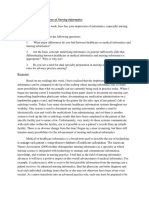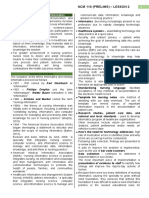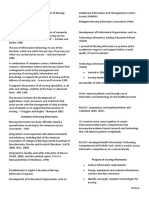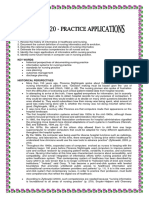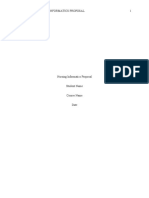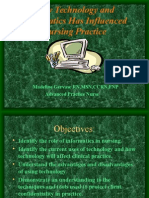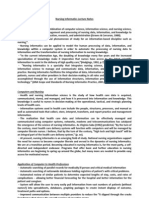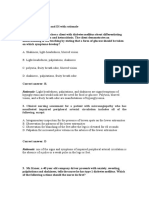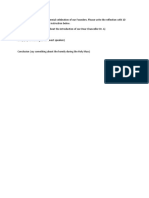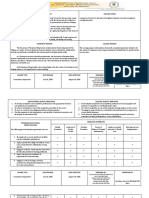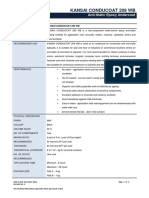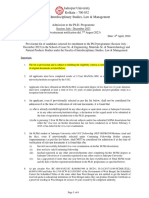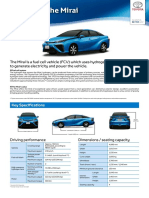0% found this document useful (0 votes)
111 views5 pagesNursing Informatics: Devices & Impact
This document discusses nursing informatics and the role of technology in nursing. It provides examples of smartphones and tablet PCs that can be used in nursing. It then outlines key capabilities and functions of this technology, including improved communication, better education, and improved treatment. Both advantages like easier communication and better record keeping, and disadvantages like equipment malfunctions are discussed.
Uploaded by
Jamaica Leslie NovenoCopyright
© © All Rights Reserved
We take content rights seriously. If you suspect this is your content, claim it here.
Available Formats
Download as DOCX, PDF, TXT or read online on Scribd
0% found this document useful (0 votes)
111 views5 pagesNursing Informatics: Devices & Impact
This document discusses nursing informatics and the role of technology in nursing. It provides examples of smartphones and tablet PCs that can be used in nursing. It then outlines key capabilities and functions of this technology, including improved communication, better education, and improved treatment. Both advantages like easier communication and better record keeping, and disadvantages like equipment malfunctions are discussed.
Uploaded by
Jamaica Leslie NovenoCopyright
© © All Rights Reserved
We take content rights seriously. If you suspect this is your content, claim it here.
Available Formats
Download as DOCX, PDF, TXT or read online on Scribd
/ 5




